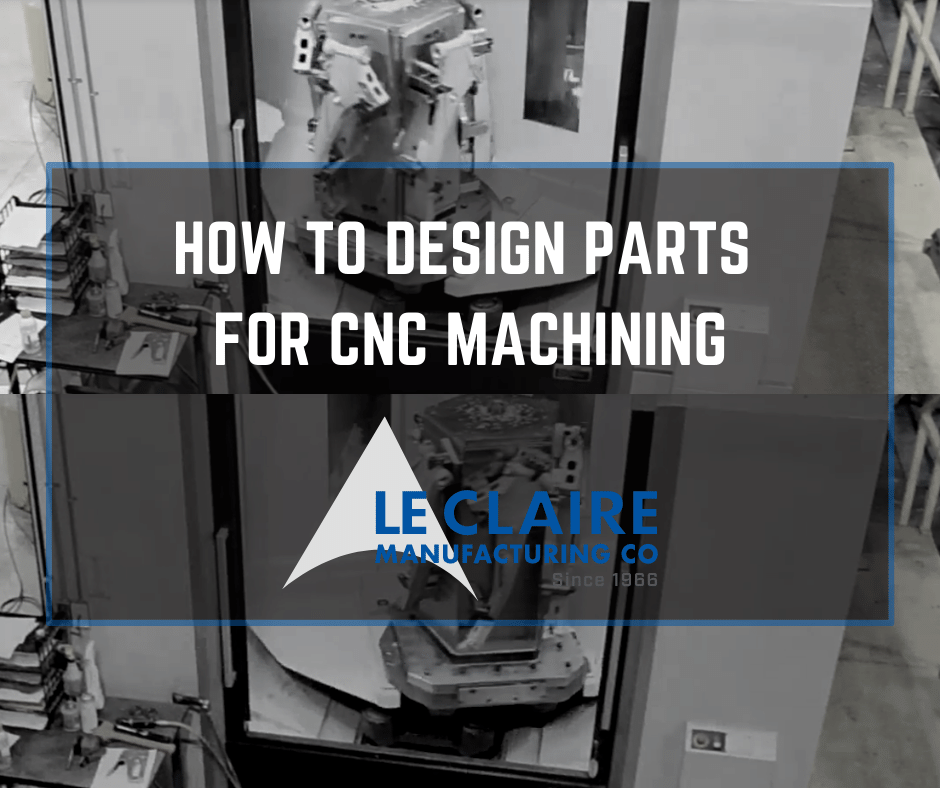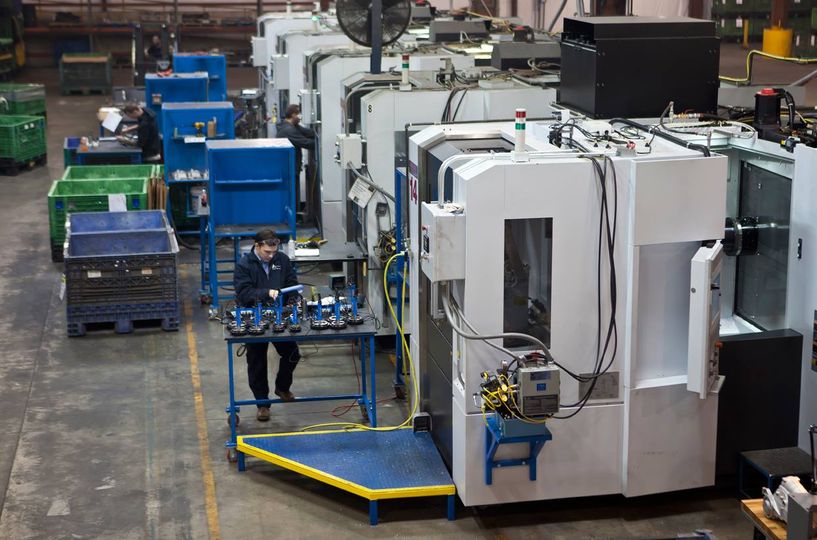
Product design tailored to the CNC machining process is one of the easiest ways to lower production costs, yet it is often treated as a cursory consideration during the design process — not the major cost (and time) saving factor that it can be. To be clear, in the early stages of design, unfettered brainstorming and concepting is fine (and even preferable). Though as you fine-tune the product and approach the stage of generating technical drawings to be used for production, it can be extraordinarily helpful to begin incorporating best practices and standards for the CNC machining process.

Below, we’ll look at some rules of thumb for designing for CNC machining, as well as some standard dimensions and design rules for the best results at the lowest costs.
Standardize your CNC Design Measurements
To reduce production errors and keep tolerances at an acceptable level, make all part measurements from one common point. For a cylindrical part, this could be the bottom center of the circle. For a square part, it could be a corner of your choosing. This ensures that all measurements have one consistent reference point. Further, this reduces or eliminates the risk of “compound errors,” where small irregularities in measurements from different points of the part can add up to unacceptable tolerances and unusable parts.
“Overshare” on Your Drawings
Strive to make the technical drawing for your part the “single source of truth” for your CNC machining supplier. Include any information about special part requirements, special considerations for end uses tight tolerances, and so on. List anything that you think would help create your part more accurately. Your supplier doesn’t know what it doesn’t know, and so might not even think to contact you to ask about those types of nonstandard requirements. Thus, you won’t see an issue until it’s too late. What’s more, keeping all important information in one place ensures that everyone is on the same page at all steps of the process.
Avoid Overengineering CNC Design
Overengineering — or implementing more design or process than required for the part to fulfill its need — can rear its head in many aspects of design and production. One such area is dictating tighter tolerances than required. Examine the tolerances to which your part can operate acceptably, and then require only that tolerance. Another area is unnecessarily complex design, which can lead to increased machining time, use of five-axis machining when three-axis would have sufficed, and, as a result, higher setup costs.
Understand Standard Dimensions and Design Requirements for CNC
While CNC machining is incredibly versatile, it does have a set of standard dimensions and design rules. These provide outer limits of the achievable geometries and features.
For your reference, some of these include:
- Minimum wall thickness: .8 millimeters (with .5 millimeters the thinnest possible, and not recommended). If the walls are too thin, they are less likely to withstand the machining process, with snapping possible. Walls too narrow are also prone to chatter, which is when vibrations during machining impact the final product. The chatter can make it difficult to meet tolerances on thin walls.
- Hole diameters: 2.5 millimeters and up (with standard drill bit sizes recommended)
- Hole depths: 10 times the hole diameter.
- Cavities: Depth should be four times the width or less. Deep, narrow cavities are difficult to achieve the usual degree of accuracy on because of the length and narrow dimensions of the tools needed to create them.
- Cavity corners: Radius should be one-third of the depth and should be rounded (not 90 degrees). Most CNC milling tools are round, so the squarer the corners must be, the longer, and more expensive, the machining process will likely to be.
- Tolerances: .005 inches is standard
While production beyond most — but not all — of these dimensions is possible, it can often result in vastly increased pricing.
Keep Entire Process in Mind
If you have a part that involves casting and machining, keep in mind how the two will work together. The least expensive casting setup might lead to excess machining costs and vice versa. That is one benefit to combined foundries and machine shops like LeClaire. Because we are looking at your product from both perspectives, our suggestions will lead to greater efficiency on the production as a whole, rather than just on a portion of the process.
Contact LeClaire Manufacturing For Any CNC Design or Production Needs
Do you have questions about designing your part or product for optimal CNC machining? Contact LeClaire Manufacturing today — we’re ready to help.

